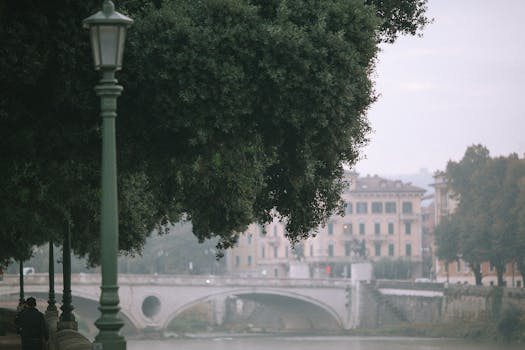
Urban Green Spaces: The Future of Outdoor Living in European Cities by 2025
Urban Green Spaces are becoming increasingly important in European cities, and for good reason. As the world becomes more urbanized, the need for green spaces has never been more pressing. Not only do they provide a tranquil escape from the hustle and bustle of city life, but they also play a crucial role in maintaining the physical and mental health of urban residents.
Introduction to Urban Green Spaces
Urban Green Spaces refer to areas of green infrastructure within urban environments, such as parks, gardens, and green roofs. These spaces are designed to provide a range of benefits, including improved air quality, reduced noise pollution, and enhanced biodiversity. In European cities, urban green spaces are being prioritized as a key component of sustainable urban planning.
The Benefits of Urban Green Spaces
The benefits of urban green spaces are numerous and well-documented. Some of the most significant advantages include:
- Improved mental health and wellbeing: Spending time in nature has been shown to reduce stress levels, improve mood, and even alleviate symptoms of anxiety and depression.
- Enhanced physical health: Urban green spaces provide opportunities for physical activity, such as walking, cycling, and sports, which can help to reduce the risk of chronic diseases like obesity and heart disease.
- Increased community engagement: Urban green spaces can serve as community hubs, fostering social connections and a sense of belonging among residents.
- Support for biodiversity: Urban green spaces can provide habitats for a range of plant and animal species, helping to maintain ecosystem services and promote biodiversity.
Examples of Urban Green Spaces in European Cities
Many European cities are leading the way in terms of urban green space design and implementation. Some notable examples include:
- Barcelona’s Superblock program, which has transformed the city’s streets into pedestrian-friendly green spaces.
- Copenhagen’s green roof initiative, which aims to cover 50% of the city’s rooftops with green roofs by 2025.
- Amsterdam’s green infrastructure program, which includes the creation of green parks, gardens, and waterways throughout the city.
Challenges and Opportunities for Urban Green Spaces
Despite the many benefits of urban green spaces, there are also challenges to be addressed. Some of the key issues include:
- Limited availability of space: In densely populated cities, finding space for urban green spaces can be a significant challenge.
- Funding constraints: Creating and maintaining urban green spaces requires significant investment, which can be a barrier for cash-strapped cities.
- Community engagement: Urban green spaces are only effective if they are used and valued by the community, which requires ongoing engagement and participation.
Conclusion
Urban Green Spaces are a critical component of sustainable urban planning, and their importance will only continue to grow in the coming years. As European cities strive to become more livable, resilient, and sustainable, the role of urban green spaces will be at the forefront of this effort. By prioritizing the creation and maintenance of these spaces, cities can reap a wide range of benefits, from improved public health and wellbeing to enhanced biodiversity and community engagement.






